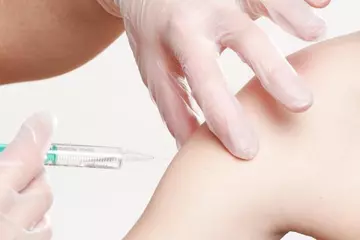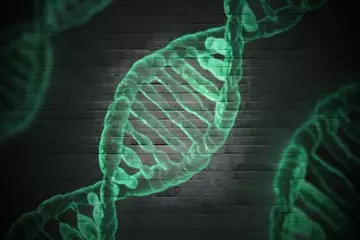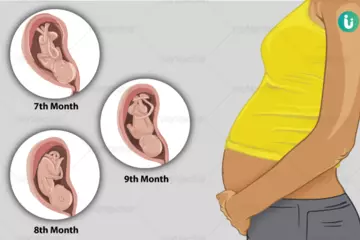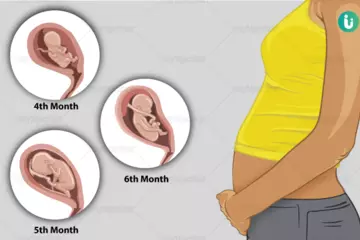What is hypoprothrombinaemia?
Deficiency of prothrombin (factor II, which is a plasma protein required for blood clotting) is known as hypoprothrombinaemia. It leads to uncontrolled bleeding after an injury, which can be fatal in severe conditions.. Haemorrhage in the digestive system, spontaneous abortion and loss of baby inside the womb can be seen in serious cases. Hypoprothrombinaemia can be either acquired or inherited.
What are its main signs and symptoms?
The commonest signs and symptoms of hypoprothrombinaemia include:
- Increased susceptibility to bruising
- Excessive bleeding from the gums
- Blood in vomit
- Black-coloured stool
- Prolonged bleeding due to injuries
- Excessive nosebleeds
- Unusual menstrual bleeding which does not resolve in a normal period of time (Read more: Vaginal bleeding causes)
- Uncontrolled, prolonged bleeding post-surgery
What are its main causes?
Hypoprothrombinaemia can be caused by:
- Deficiency of vitamin K at birth
- Inherited defect
- Certain medical conditions like lupus
- Side effects of certain medications
How is it diagnosed and treated?
The diagnosis is mainly considered by the physician based on signs of bleeding and after a thorough physical examination and tests which include:
- Complete blood count (CBC), mainly to check the number of platelets present
- Partial thromboplastin time (PTT) or activated partial thromboplastin time (aPTT or APTT)
- Peripheral blood smear
- Test to measure fibrinogen
- Liver function test
- Septic markers
- Test to measure the bleeding time
- Computed tomography (CT) in serious cases
Treatment of hypoprothrombinaemia includes:
- In children with severe deficiency (levels less than 2%), which can cause life-threatening bleeds, prophylactic treatment is suggested.
- Vitamin K injection.
- Fresh frozen plasma can be used to treat moderate bleeding.
- Prothrombin complex concentrates (PCCs which contain factors II, VII, IX and X) can be used for correcting prothrombin levels. However, the amount of factor II present in PCCs varies, depending on the product. The maximum infused dose for treatment should not be more than 100 units/kg to maintain haemostasis.
- Transfusion of packed red blood cells might be needed in episodes of excessive loss of blood.
- In serious cases involving haemorrhage, ventilator assistance is required along with the treatment.

 OTC Medicines for Hypoprothrombinemia
OTC Medicines for Hypoprothrombinemia















